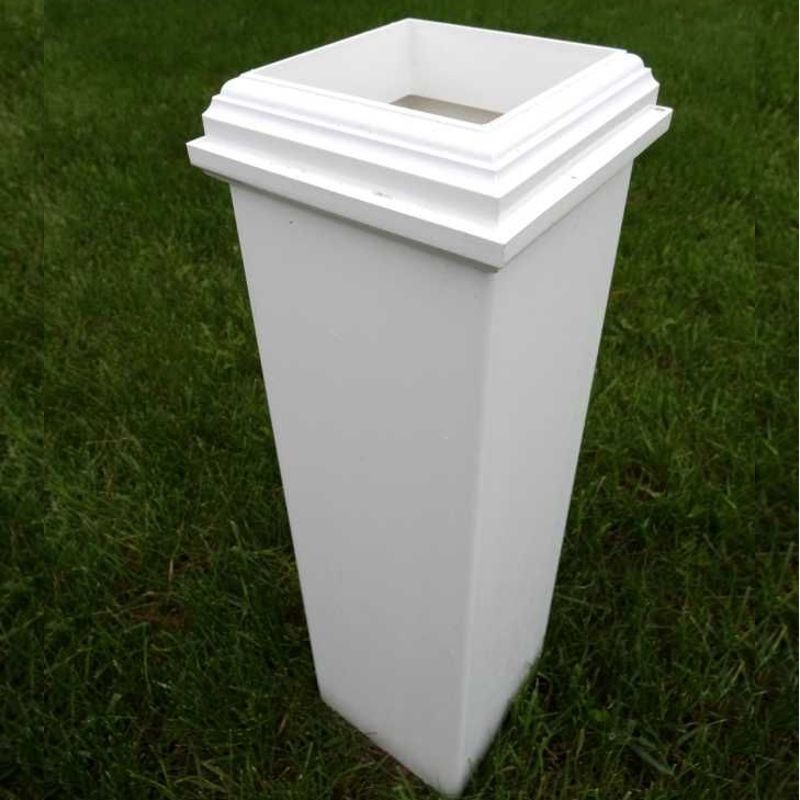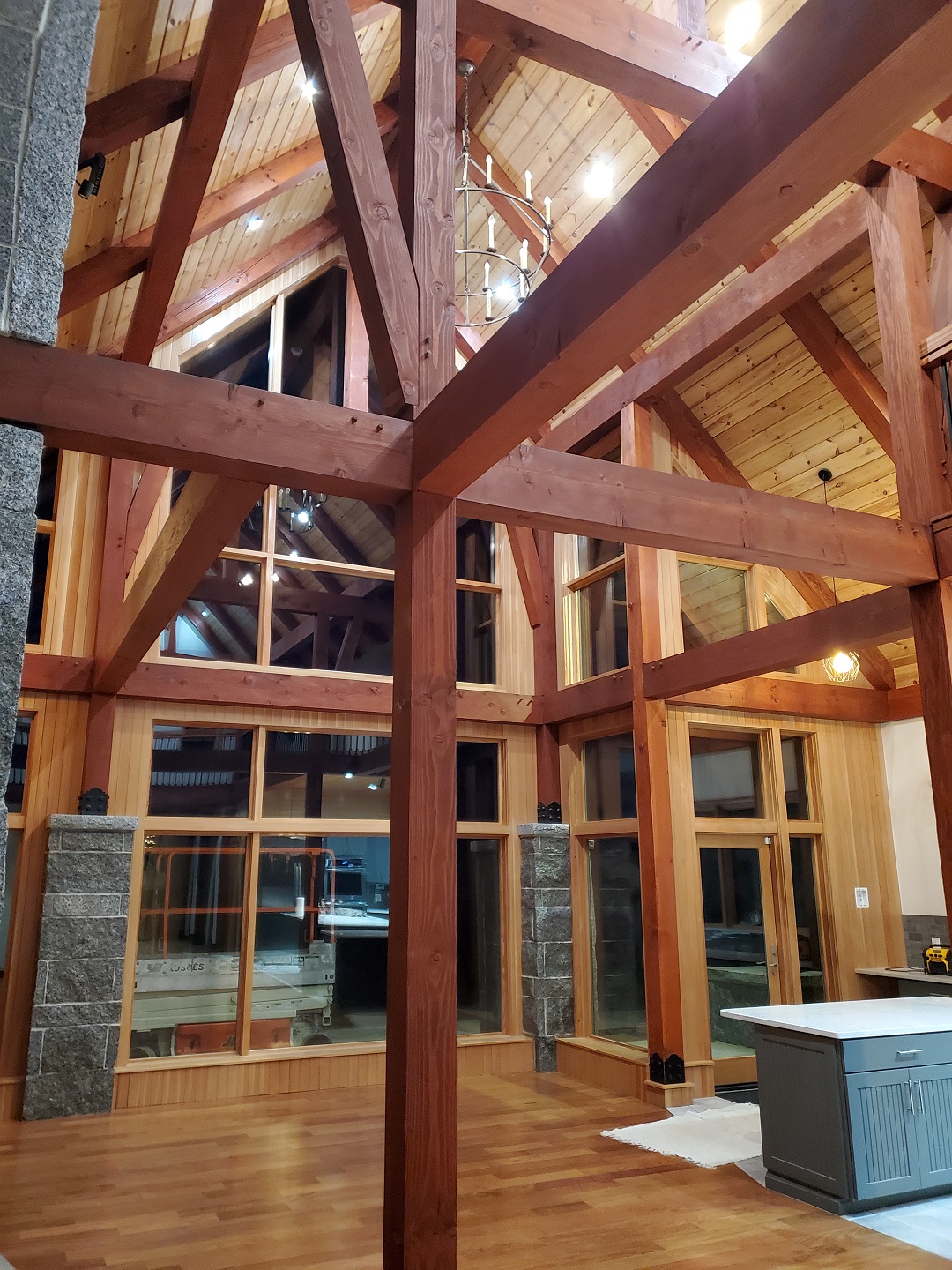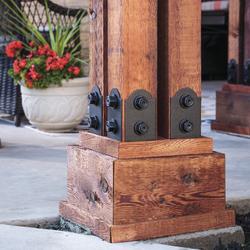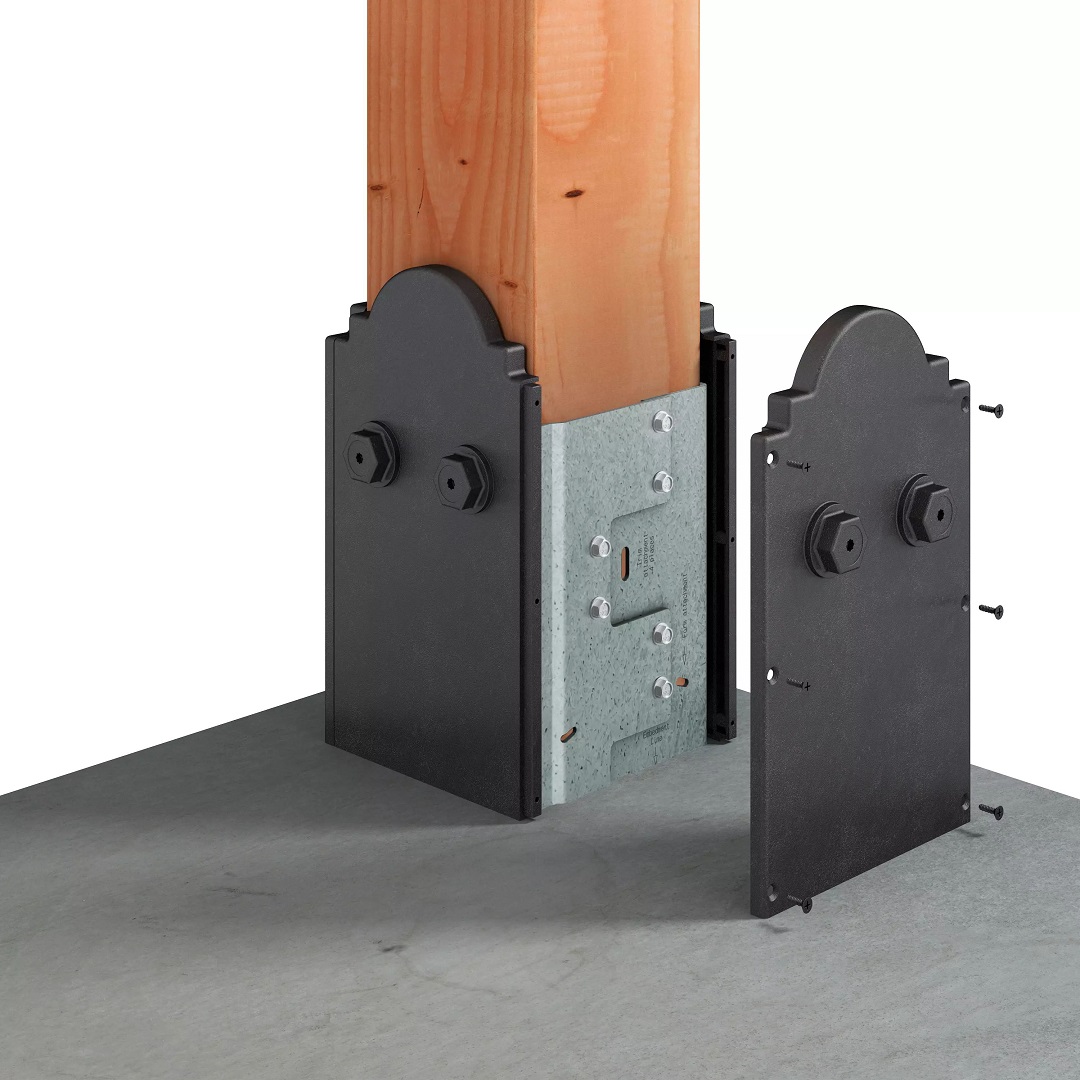When it comes to enhancing the beauty of your outdoor space, the details matter. Decorative post bases are a simple yet effective way to add charm and visual interest to your patios, decks, or any outdoor structure. Drawing from my personal experience in landscaping, I can wholeheartedly say that investing in the right decorative post base can transform a dull area into a stunning outdoor retreat.
What is a Decorative Post Base?
Decorative post bases serve not only a practical function of supporting posts for structures like fences, decks, and gazebos but also add an aesthetic appeal to outdoor spaces. These bases come in various designs, materials, and finishes, allowing homeowners to integrate them seamlessly into their overall landscaping theme.
Types of Decorative Post Bases
1. Wooden Post Bases
Wooden post bases are timeless and evoke a rustic charm, perfect for traditional or country-style homes.
Benefits of Wooden Post Bases
- Natural look
- Easy to customize
- Eco-friendly options available

Drawbacks of Wooden Post Bases
- Susceptible to rot and insects
- Requires regular maintenance (staining, sealing)
2. Metal Post Bases
Metal post bases, often made of aluminum or steel, offer a modern and sleek look, great for contemporary spaces.

Benefits of Metal Post Bases
- Durable and long-lasting
- Low maintenance
- Resistant to weather conditions
Drawbacks of Metal Post Bases
- Can get hot in direct sunlight
- Limited decorative options compared to wood

3. Concrete Post Bases
Concrete is a strong and sturdy choice, ideal for securing posts in high winds or other extreme weather.
Benefits of Concrete Post Bases
- Incredibly durable
- Available in various decorative molds
- Minimal maintenance required

Drawbacks of Concrete Post Bases
- Heavy and challenging to install
- Less warmth compared to wood
4. Composite Post Bases
Composite materials combine wood fibers and plastic, giving the appearance of wood with enhanced durability.

Benefits of Composite Post Bases
- Resistant to rot and pests
- Low maintenance
- Available in a variety of colors and textures
Drawbacks of Composite Post Bases
- Can be more expensive than wood
- Potential for fading over time

Choosing the Right Decorative Post Base for Your Project
When selecting a decorative post base, consider the following factors:
- Style: Match the base with the architectural style of your home and landscape.
- Material: Choose a material that aligns with your maintenance preference and climate conditions.
- Size and Shape: Ensure the base can support the posts securely and fits with your design aesthetic.

Installation of Decorative Post Bases
The installation process will vary depending on the type of post base you choose. Here’s a general guide:
Tools and Materials Needed
- Post hole digger
- Concrete mix (if using concrete bases)
- Level
- Screws or bolts (depending on the design)
- Wood or composite posts
Step-by-Step Installation Guide
- Determine the location of your posts and mark the spots.
- Use a post hole digger to create holes for the bases.
- If using concrete, mix it according to the package instructions and fill the holes.
- Place the post bases into the wet concrete (if applicable) and ensure they are level.
- Allow the concrete to cure for the recommended time (usually 24-48 hours).
- Attach the posts securely to the bases using screws or bolts.
Comparative Analysis of Decorative Post Base Materials
| Material | Durability | Maintenance | Cost | Style Options |
|---|---|---|---|---|
| Wood | Moderate | High | Low | High |
| Metal | High | Low | Medium | Medium |
| Concrete | Very High | Very Low | Medium | Medium |
| Composite | High | Low | High | Very High |
Pros and Cons of Decorative Post Bases
Pros
- Adds aesthetic value to your outdoor space
- Offers support to various structures
- Available in multiple materials and designs
- Can increase property value with good designs
Cons
- Can be costly, especially for high-quality materials
- Some require more maintenance than others
- Improper installation may lead to structural issues
Real-Life Applications of Decorative Post Bases
During my landscaping projects, I’ve often used decorative post bases in various settings:
- Backyard Patios: To create a welcoming ambiance, I installed wooden post bases around a patio area, enhancing the rustic feel.
- Garden Arbors: Metal post bases provided the perfect support for an elegant garden arbor, adding sophistication to the garden.
- Decks and Railings: Composite post bases were ideal for a high-maintenance family, as they provided durability without sacrificing style.
FAQs About Decorative Post Bases
What are decorative post bases made of?
Decorative post bases can be made from various materials, including wood, metal, concrete, and composite materials, each offering different aesthetics and durability levels.
How do I maintain my decorative post bases?
Maintenance largely depends on the material. Wooden bases may need staining or sealing, while metal bases may require occasional polishing. Concrete and composite materials typically need less maintenance.
Can I install decorative post bases myself?
Yes! Many homeowners can install decorative post bases themselves if they follow proper installation guidelines. However, it’s always best to consult with a professional if you’re unsure about the process.
Are decorative post bases weather-resistant?
This varies by material. Metal and concrete are generally weather-resistant, while wooden bases may require treatment to withstand the elements. Composite materials are designed to resist weathering as well.
Which material is the most cost-effective for decorative post bases?
Wood is often the most cost-effective material for decorative post bases. However, it’s essential to consider long-term maintenance costs when evaluating overall expenses.
Conclusion
Decorative post bases are more than just functional elements; they are vital design components that can significantly enhance the quality and aesthetics of your outdoor spaces. With various materials and styles available, there’s no shortage of options to suit every taste and budget. Throughout my experiences, I’ve witnessed how the right decorative post base can transform a simple area into a visual delight. So whether you’re reinforcing a deck or beautifying a garden path, consider the potential of decorative post bases to elevate your outdoor environment!